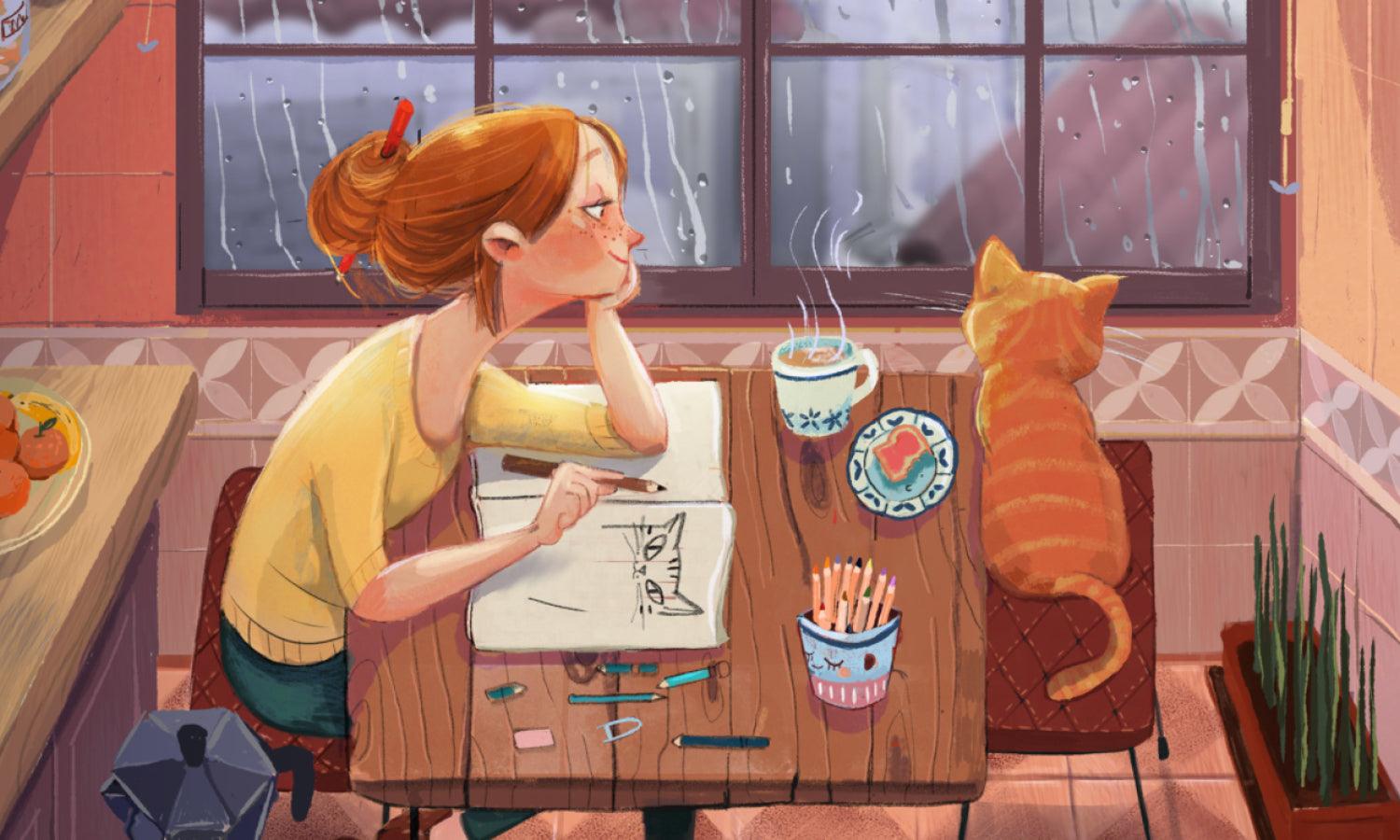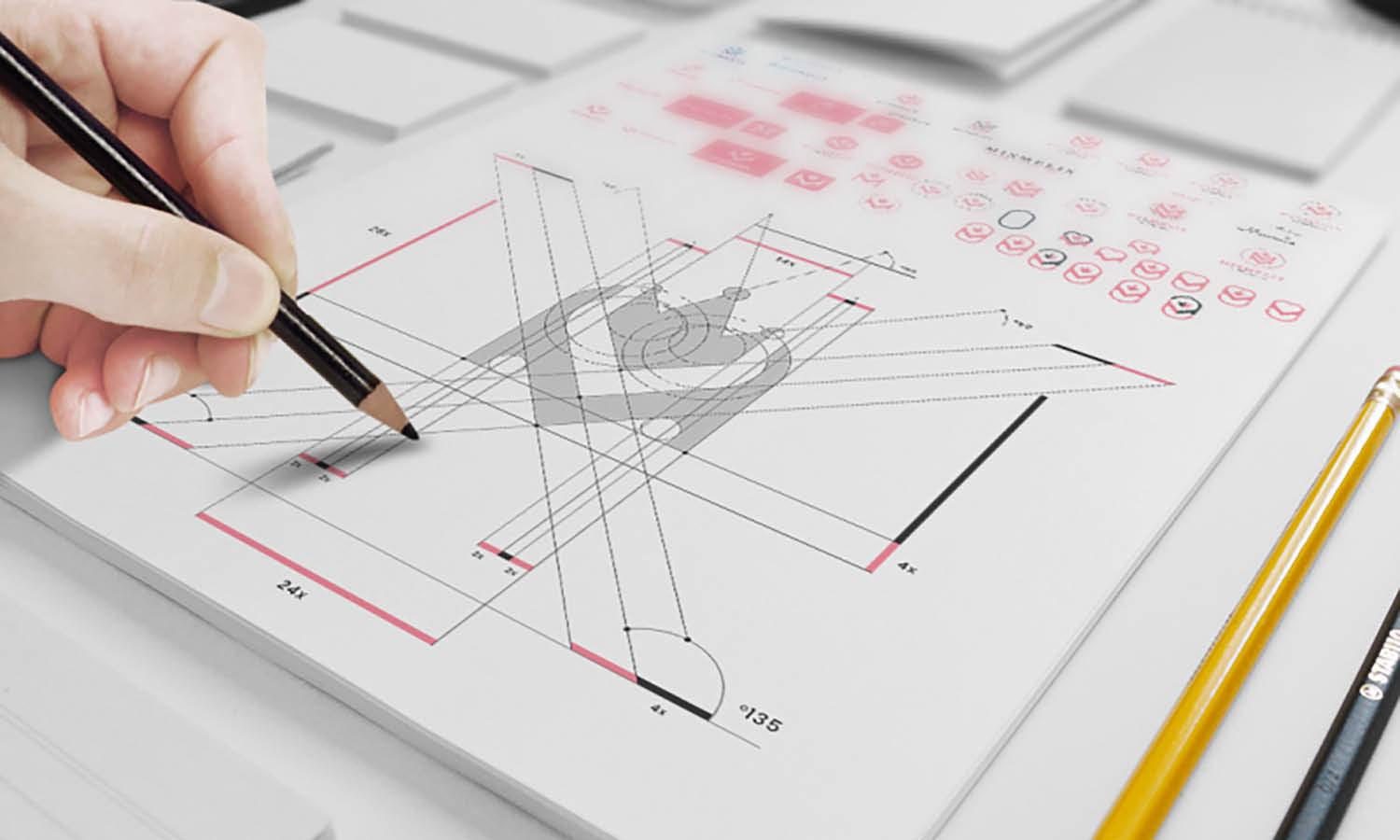Infographics in Education: Enhancing College Learning Through Graphic Design

Modern-day teachers and educators truly need to go beyond the basic teachers' skillset to enhance the education experience for their students. This is especially true with college professors whose current students are digital natives. Having grown up with smartphones, social media, YouTube, and visual content in all shapes and forms, these students need more than typical classes to acquire the given skills and knowledge.
Using infographics in education has proven to be successful in several aspects. From student engagement to memorizing facts, students find this learning aid extremely beneficial. This is why teachers with even basic graphic design skills can enhance college learning.
Let’s discover the benefits of using infographics in college education, how to design them, and where to acquire the right skills.
What are Infographics?
Any data, fact, subject matter, or piece of information can be represented in different ways. A visual representation is what we call infographics.
This means that infographics can visually portray:
- statistics
- mathematical calculations
- timelines
- steps in a process
- hierarchies
- values
- comparisons
Both students and teachers use them to present or accompany information from students’ books, textbooks, academic journals, research, or even the study materials they’ve created. Some students use writinguniverse.com, an essay services website that can help with academic content creation - text and visuals.
How do Infographics Benefit Students?
Infographics are a smart addition to your teacher's toolkit, but only some teachers know how to create them. This is why the obvious question arises- is it worth it? Should teachers invest their time and energy into mastering the skill of intermediate graphic design so they can create infographics?
To answer that question, we’ll take a look at the main benefits of using infographics with college students.
Creative Thinking
Finally, creating infographics helps both teachers and students reach into their creative side, and work on developing those, often neglected, skills. Students who could be better with writing creativity can get help at Top Writers Review. This is a great solution while you practice your skills.
Creative thinking is something that requires practice, and this can be the perfect method. It can further boost problem-solving, communication, critical thinking, and more skills.
Breaking Down Complex Notions
It can be hard for teachers to explain certain notions, especially if the students have little or no prior experience with them. With the help of infographics, anything can be broken down into smaller elements until the students gain a decent understanding of it.
For teachers, this means less confused students and improved student engagement. For students, it means improved comprehension and more confidence in the specific subject.
Better Memorization
75% of information processes in our brain come from visual communication. Our brains process this information faster and easier, which helps the information get retained better.
Simply put, students who are presented with the information visually memorize it better. This means teachers would be helping their students understand, process, and retain any subject matter with less energy and time spent.
Efficiency in Studying
Sometimes, all that your students need is for you to help them organize their studying. When there's a lot to learn, they can easily get confused and discouraged from taking the right study steps.
Luckily, infographics can help them understand how to divide their learning steps best, what comes first and what comes last, and which concepts are the most important ones to learn about. With more efficient studying, their academic success is bound to improve.
Where to Learn Basic Graphic Design?
Now that you can see that creating infographics benefits everyone included in the learning process, you’re probably wondering how and where to develop these skills. Depending on your needs and ambition, there are several different ways to gain these skills.
Learn Canva
Canva is a basic and free graphic design tool that can help you quickly learn how to create infographics. You can do it from scratch or use their customizable templates- it’s super easy in both cases.
Find a Software Program
If you’re interested in more advanced learning, you can choose one of the popular software programs for graphic design. You can find this program online, as well as tutorials and guides on how to get started.
The more you practice, the better you’ll get at it.
Enroll in a Course
Finally, you can choose to enroll in a graphic design course and truly do your best to learn from a professional. You can do it online on platforms like Coursera or Udemy. You can also find an online tutor or attend classes in person- it’s up to you.
Final Thoughts
Infographics may be one of many things that come to mind when you think about enhancing college learning. But it’s definitely one of the smartest ways to help students overcome any barriers they may have and begin to learn more efficiently.
With the right mindset, appropriate tools, and some practice, you can quickly master the basics of graphic design. After that, creating infographics for your classes can become a routine you'll love sticking to.
Author’s Bio
Mary Herd is a graphic designer and tutor, as well as a blogger. She loves writing about the various applications of graphic design skills in fields ranging from education and marketing to entertainment and psychology.











Leave a Comment